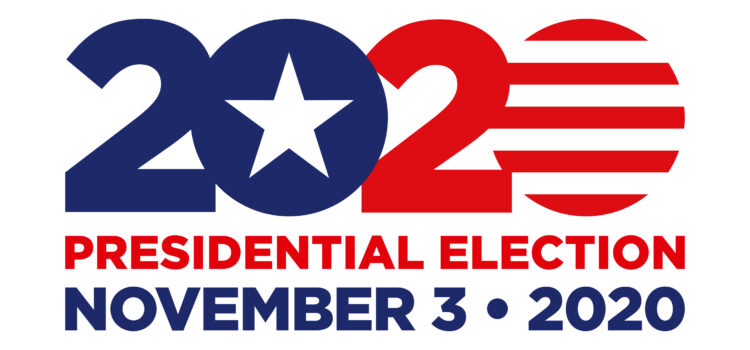
In the 2016 presidential election, around 138 million Americans had cast their vote; however, this number only makes up 58.1 percent of eligible voters, and based on data from The United States Elections Project, this number is less than previous years: 2008 (61.6%), and 2012 (58.6%).
The demographics of voters across the nation is diverse and always growing. According to the Pew Research Center in 2016, the number of Hispanic eligible voters has increased by 4 million since 2012, accounting for 37 percent of the growth in all eligible voters during that span.
In the state of California, 46 percent of Hispanics are eligible to vote. This translates to 6.9 million potential voters.
Kern Vote has recorded 408,484 registered voters in Kern County, yet only 242,041 went to cast their ballot in 2016.
According to the U.S Census Bureau, 54.6 percent of Kern County residents are Hispanic or Latino.
In recent years, there has been recorded suppression of the Latino vote for local elections in Kern County. The Mexican American Legal Defense and Educational Fund argued that district lines were intentionally drawn to dilute the Latino vote and protect incumbents.
Instead of working with MALDEF and the plaintiff, the county decided to fight in court. In 2018, a settlement was reached in Luna v. County of Kern. The ruling stated they found Kern County elections to be “frequently racially polarized.”
The Voting Acts Rights of 1965, which prohibits racial discrimination in voting, was violated. This successful lawsuit was the first in California, since 2001, to claim a federal Voting Rights Act violation.
In a broader sense, Latino residents in Kern County must be appreciating their ability to vote, in any election. Their voices deserved to be heard, both locally and nationwide.
NBC News reported, “Latinos are the nation’s largest share of nonwhite voters: A record 32 million Latinos are projected to be eligible to vote in 2020, 13 percent of all eligible voters.”
Despite this, Latinos have historically lagged all non-Latinos voter turnout by 20 percent.
The Latino Community Foundation released a report titled, Unleashing Latino Voting Power: Strategies to Boost Voter Participation Among Latino Youth. They found that the biggest opportunity in increasing the Latino vote lies in young people.
Over a third of Hispanic voters are considered young.
“Latino eligible voters are younger than white, Asian, and black eligible voters in California,” the Pew Research Center reports. “Some 36% of Latinos are ages 18 to 29, compared with 18% of white eligible voters, 20% of Asian eligible voters and 25% of black eligible voters.”
Unfortunately, 70 percent of eligible young Hispanic voters did not turn out to vote in the 2016 presidential election.
All these numbers express a pattern of issues that needs to be fixed. The report by the Latino Community Foundation had five key findings.
First, young Latinos need more voter education. Common questions were, “How do I register,” and “Does my vote even matter?”
There is also a need for philanthropic investment. Outreach needs to be more diversified as Latino youth begin to communicate more digitally.
Exposure to youth and their families about civic engagement is crucial because voting is a learned habit.
Lastly, almost 2/3 of Latinos in California reported that candidates and political parties failed to engage them in the past presidential election. Proper political engagement is necessary for voter turnout.
This time is now upon us. Our community must push our friends, family, peers, neighbors, maybe even a stranger, to register to vote and cast their ballot come November.